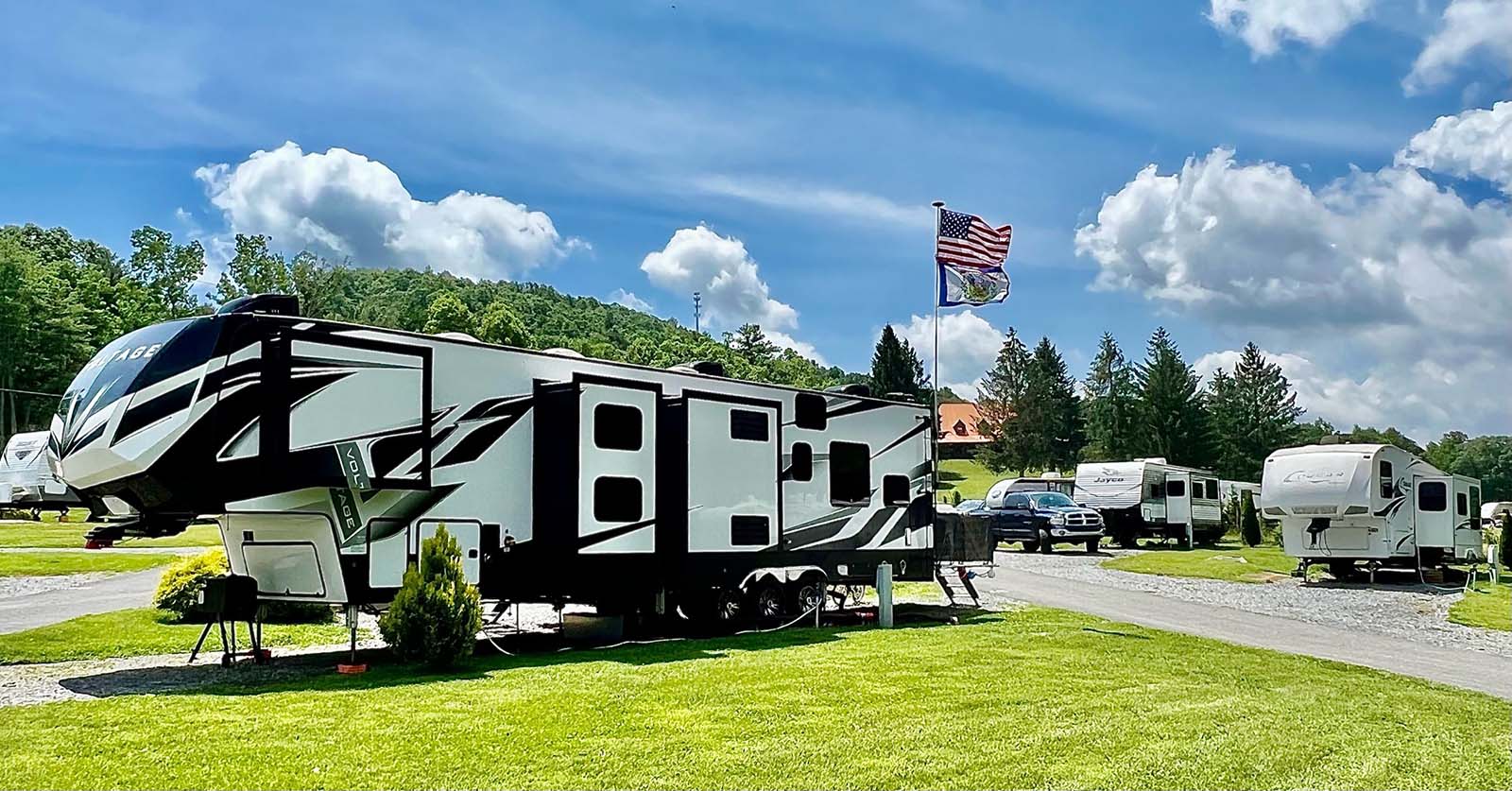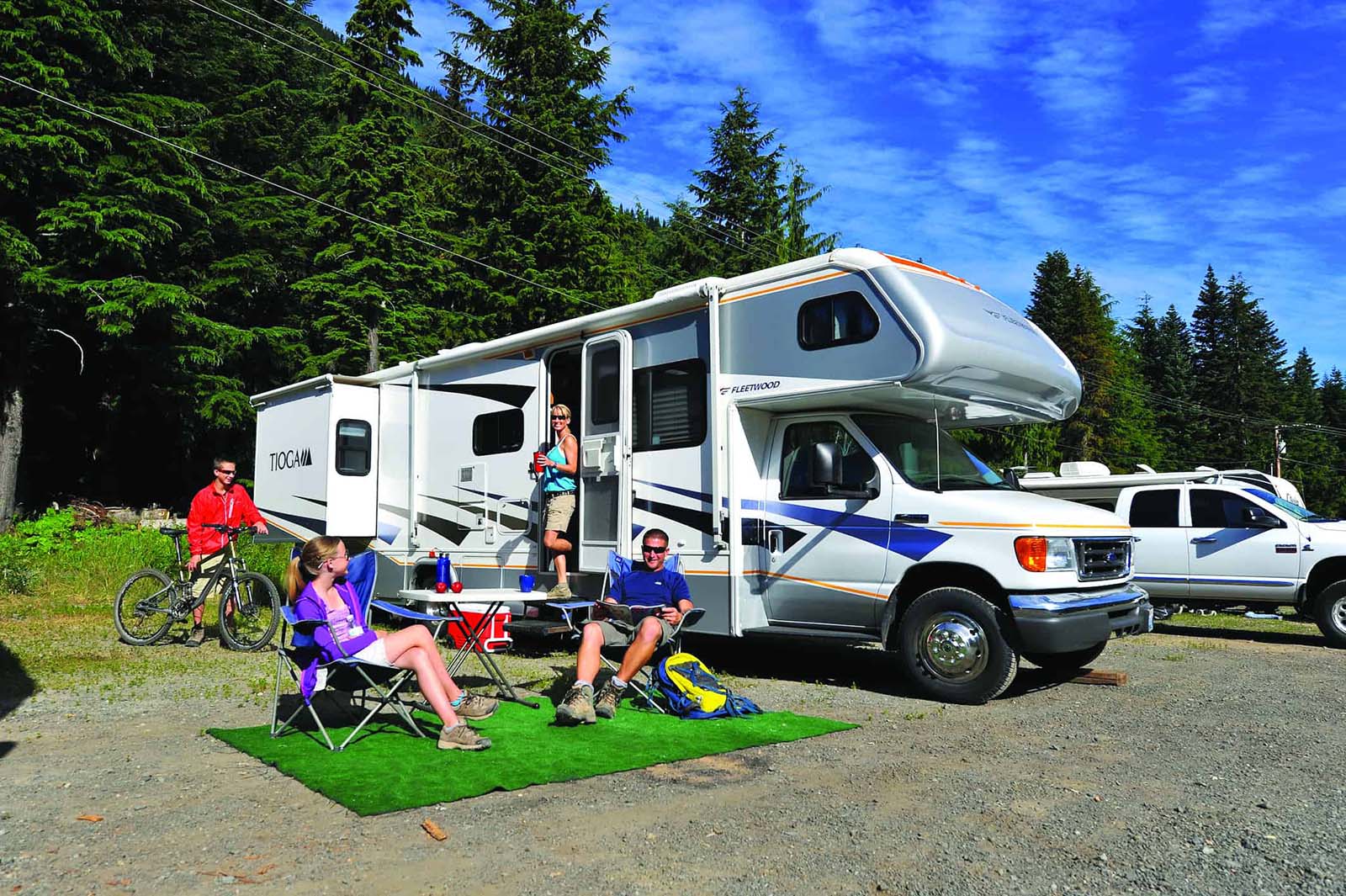How RV Batteries Get Charged

RV batteries are an essential component of any recreational vehicle, providing power for various appliances and systems. These batteries require regular charging to ensure they remain functional and reliable. In this article, we will explore the different methods of charging RV batteries and the importance of proper maintenance.
## 1. Solar Charging (H2) Solar charging is an increasingly popular method for charging RV batteries. It involves the use of solar panels mounted on the roof of the RV or placed in an area with direct sunlight. The solar panels convert sunlight into electricity, which is then stored in the RV batteries. This method is environmentally friendly, provides a consistent power source, and reduces reliance on shore power or generators.
## 2. Alternator Charging (H2) When the RV is in motion, the alternator in the engine charges the RV batteries. This method is commonly used during travel or while driving. The engine’s alternator generates electricity that is sent to the batteries for charging. However, it is important to note that the alternator charging method may take longer to fully charge the batteries compared to other methods.

## 3. Shore Power Charging (H2) Shore power charging is a method commonly used when the RV is parked at a campsite or RV park with access to electrical hookups. The RV is connected to a power pedestal, often referred to as shore power, which supplies electricity to charge the batteries. This method ensures a quick and convenient charging process, allowing the RV batteries to be fully charged within a short period.
## 4. Generator Charging (H2) In situations where solar, alternator, or shore power charging methods are not available, RV owners can rely on a generator to charge their batteries. A generator produces electricity and can be used to recharge RV batteries. However, it is important to choose a generator that matches the battery’s voltage requirements and to follow safety guidelines when using a generator.
## 5. Battery Maintenance (H2) Proper maintenance is crucial for the longevity and efficiency of RV batteries. Regularly inspect the batteries for any signs of damage or corrosion. Clean the battery terminals and connectors using a wire brush and a solution of baking soda and water to remove any corrosion. Additionally, ensure that the batteries are filled with distilled water, if necessary, and check the battery charge levels regularly.

In conclusion, RV batteries can be charged through various methods such as solar charging, alternator charging, shore power charging, and generator charging. Each method has its own advantages and considerations. Regardless of the charging method used, maintaining the batteries properly is vital to prolong their lifespan and ensure optimal performance during travels. Remember to follow safety guidelines and consult the manufacturer’s recommendations for the specific RV battery model.

